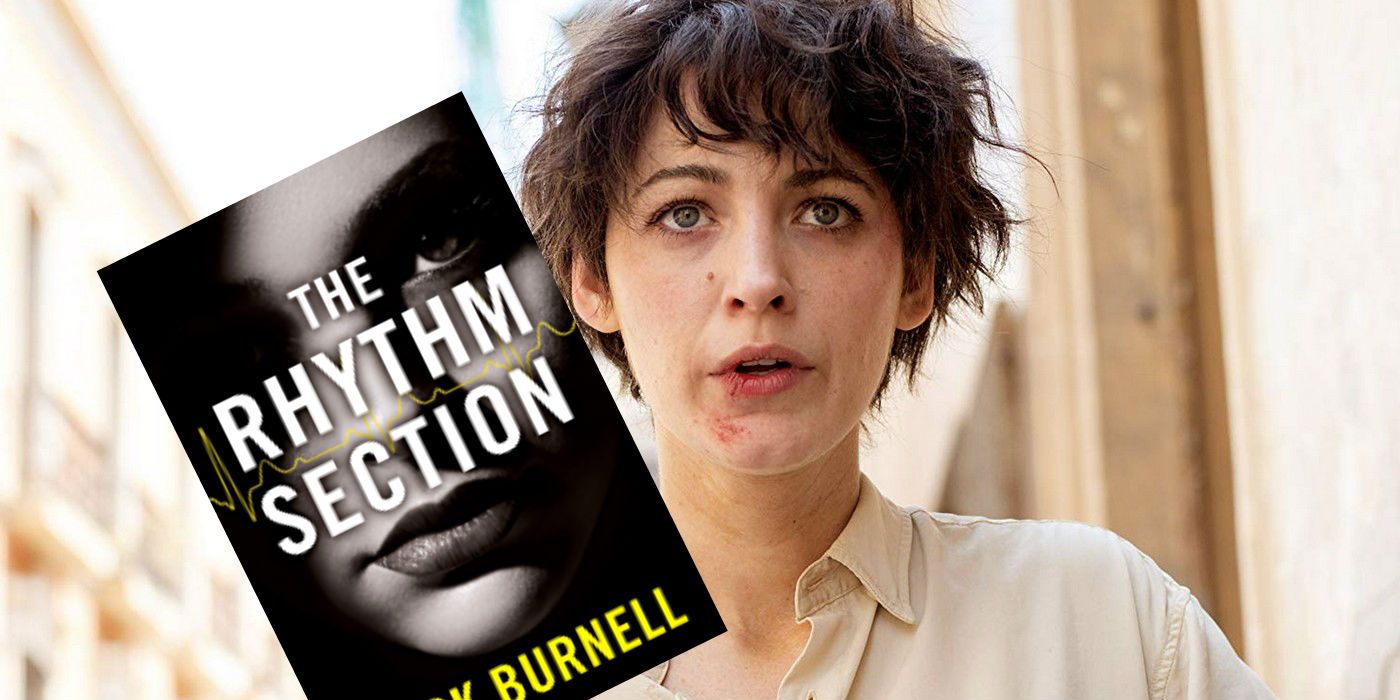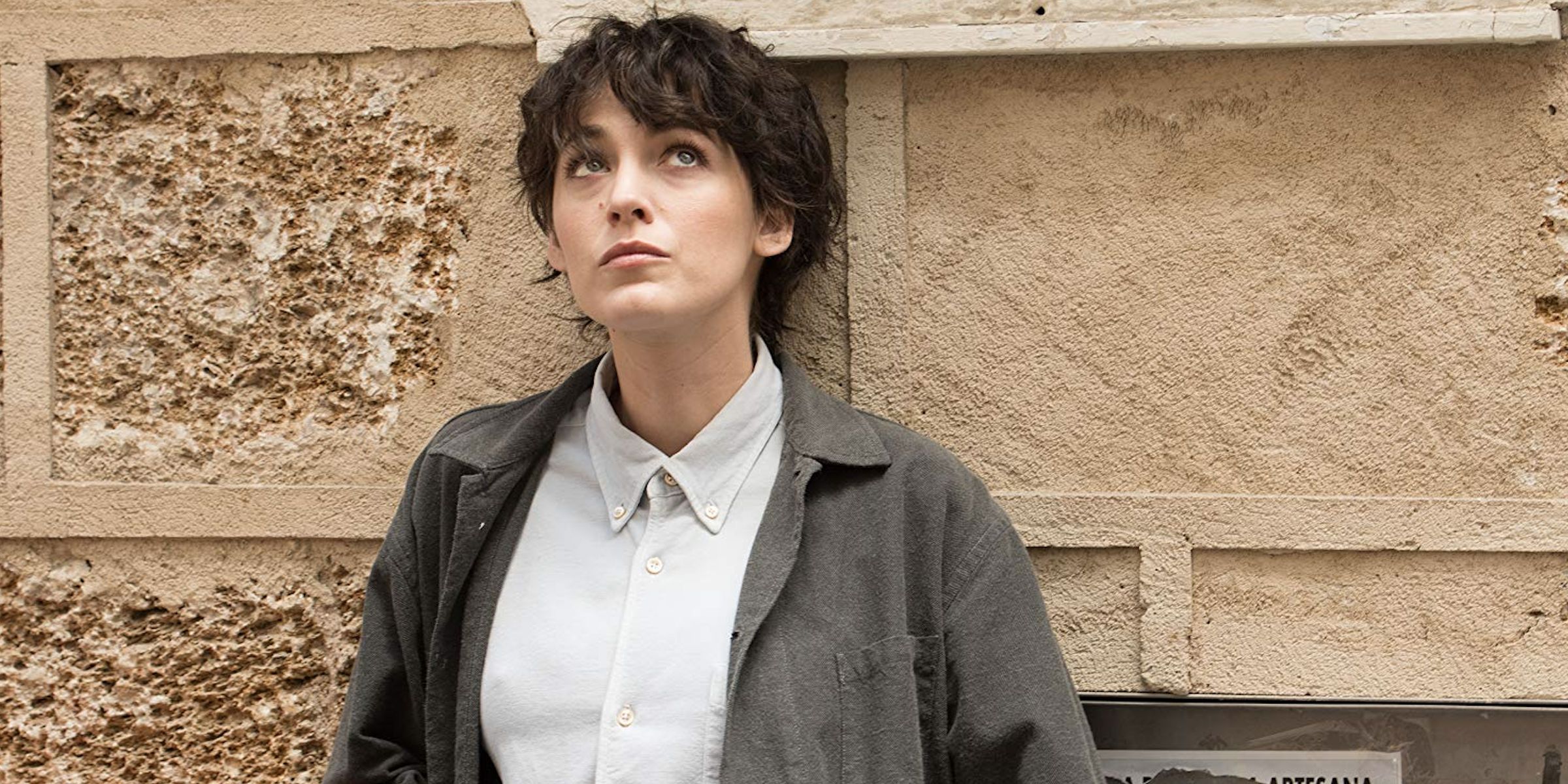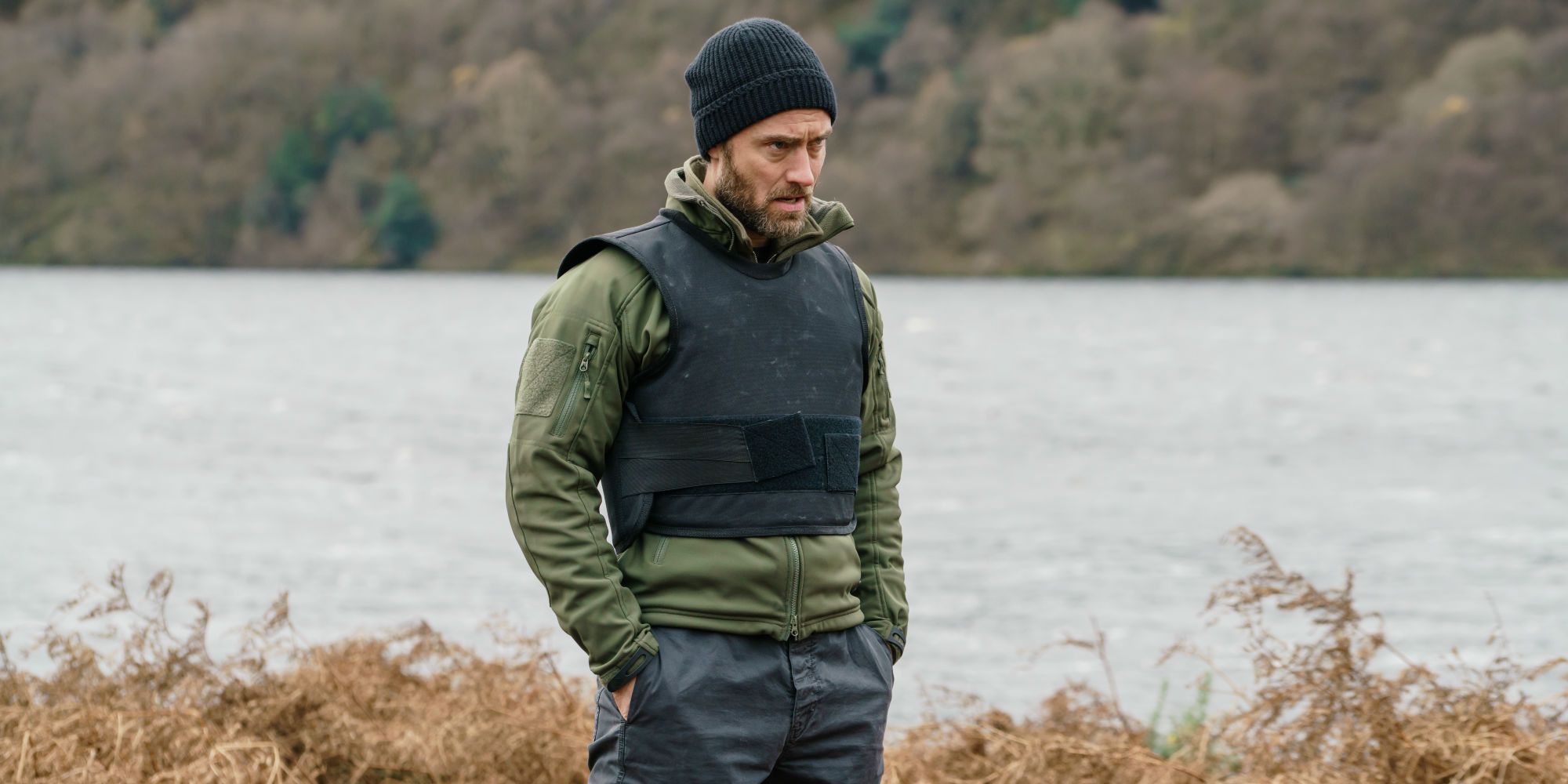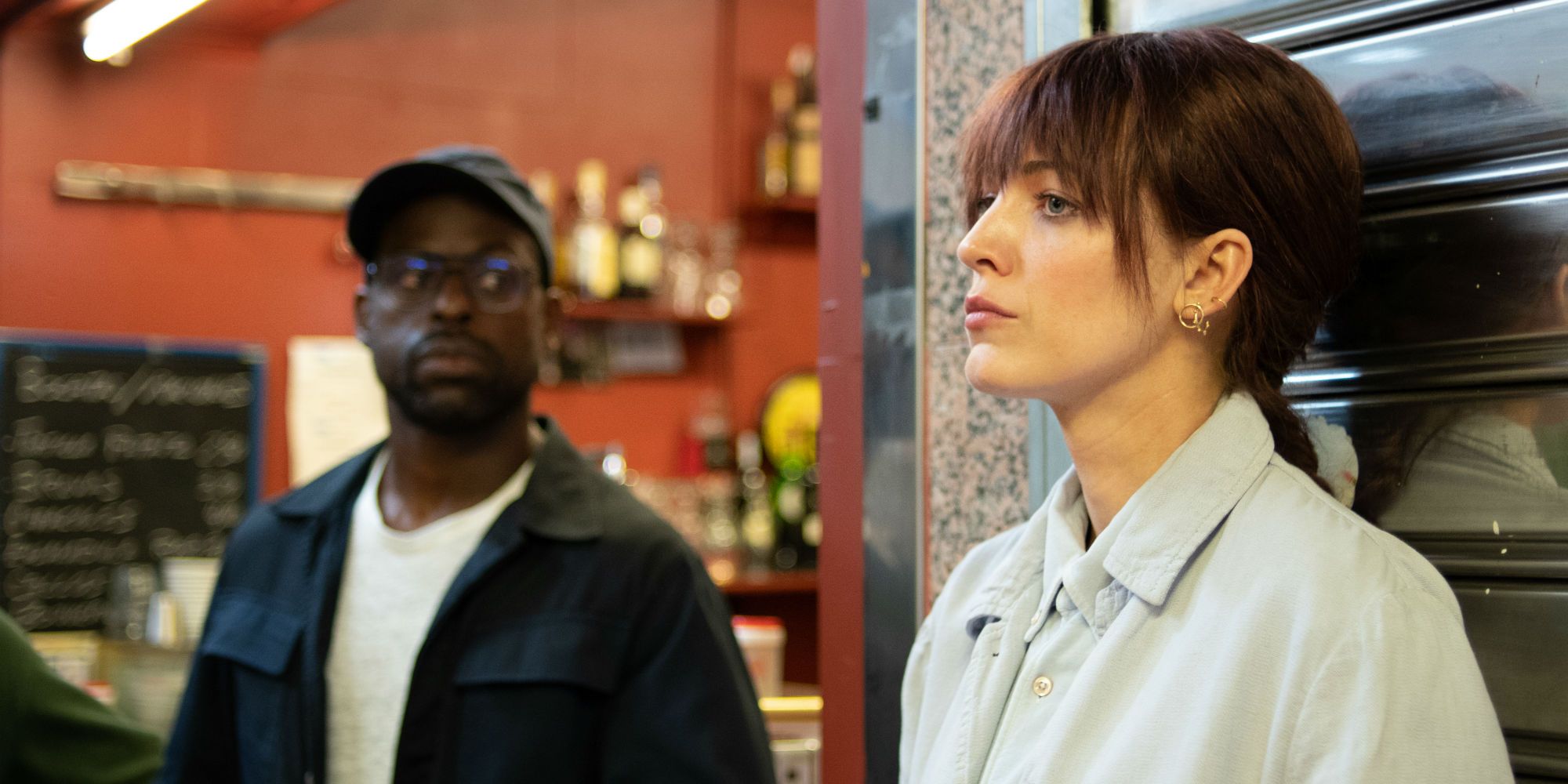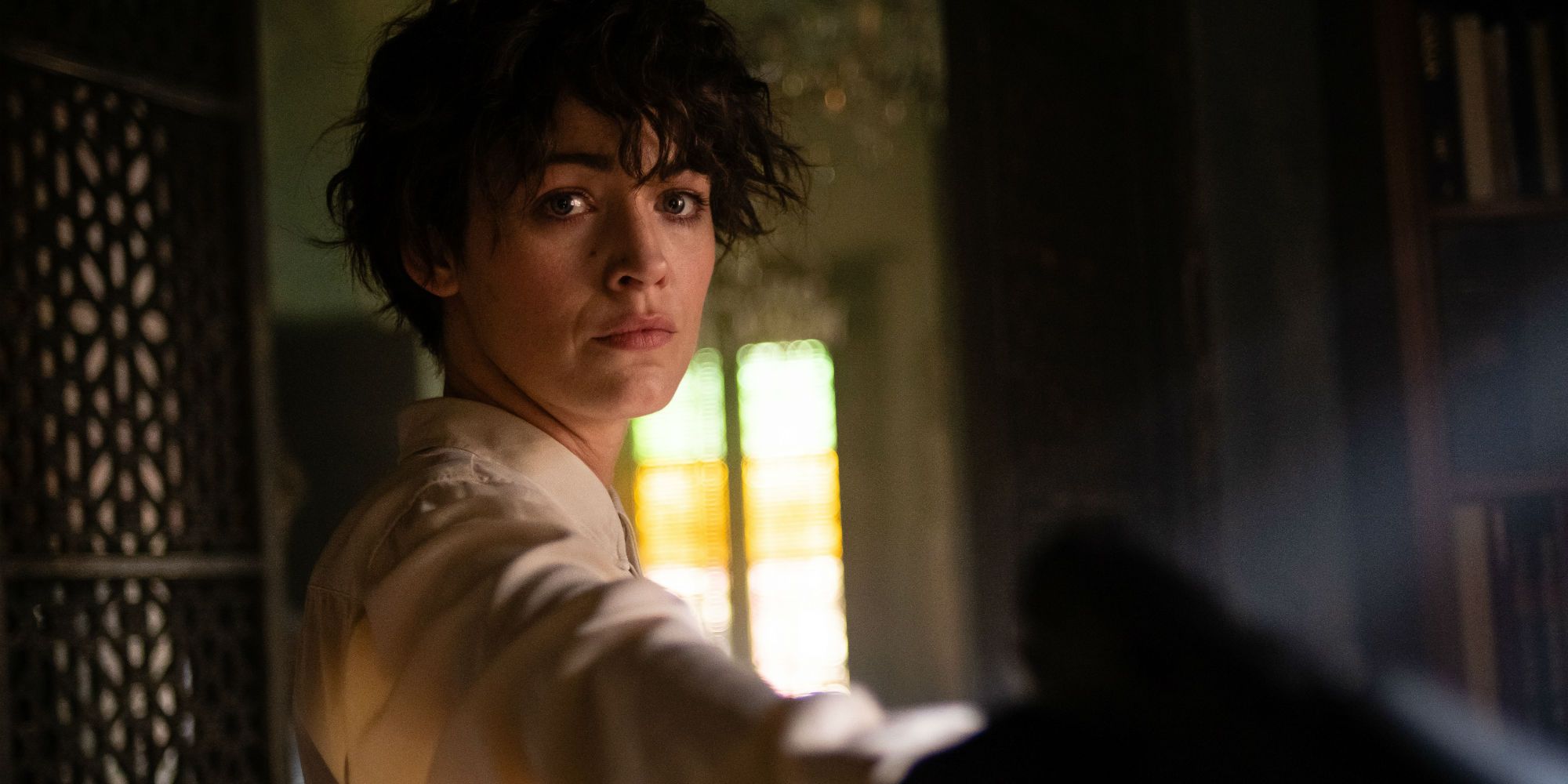Does The Rhythm Section keep time with its source material, or march to a different beat entirely? From the producers of the James Bond movies comes the Blake Lively-fronted The Rhythm Section, an action spy thriller leaning very much on the grittier end of the sub-genre's spectrum. Lively's Stephanie Patrick is left alone and distraught after a plane crash kills her parents and siblings. Plagued with loss, Stephanie embarks on a downward spiral of drugs and prostitution until a journalist tips her off that the plane accident may not have been so accidental. After meeting with Jude Law's former MI6 agent, Stephanie transforms into a semi-capable assassin and sets out seeking revenge on those behind the terrorist bombing.
Another common trait shared by both The Rhythm Section and James Bond is their origins in the literary world. Mark Burnell's The Rhythm Section was originally released in 1999, telling the origins and first foray into the world of espionage of a young, grieving Stephanie. The success of Burnell's debut release sparked an entire series that continued with "Chameleon," "Gemini" and "The Third Woman" and this, in turn, prompted interest from Hollywood.
With their James Bond franchise, EON have typically preferred loose adaptations of Ian Fleming's source material, taking the basic principles and characters but largely doing their own thing with 007 both in terms of story and tone. A similar approach has been applied to The Rhythm Section, with some elements translated directly from the novels, and others altered for the big screen.
Stephanie Patrick's Character Changes
Both the cinematic and written incarnations of The Rhythm Section keep the same dark origin story. Although the book includes a prologue charting the plane incident that triggered Stephanie's unusual career path, the main plot begins in almost identical fashion. Predictably, the book doesn't dive into the action as quickly, but both versions of Stephanie's transformation begin while she is working as a London prostitute named Lisa, and is approached by Proctor, a journalist posing as a client. This man opens Stephanie's eyes to the truth of her family's demise and triggers the start of her journey into the murky world of undercover operations. A key change, however, is that Stephanie in the novels does still have one brother left alive, rather than her entire family being killed, as in the movie.
In another similarity, The Rhythm Section retains the alias of "Petra" from the original book, with Stephanie taking on the guise of this mystery European mercenary, but there's a considerable deviation. In Burnell's book series, there is a far heavier focus on Stephanie's ability to disguise herself and adopt alter egos, with the aspiring spy taking on multiple false identities in order to fulfill her missions. Conversely, the movie sticks largely to Petra, with a few extra wigs thrown in here and there, and skips over the theme of identity so prevalent in the original story.
Stephanie's potential future is also consistent with Burnell's original story. In the movie's final scene, Jude Law's Boyd approaches Stephanie and warns her to go off-grid, saying he hopes to never see her again. Stephanie coolly refuses to provide a definitive answer, leaving her return to being "Petra" very much open in a (now very unlikely) The Rhythm Section 2. This follows the continuation of the story in the book series, where Stephanie is dragged back into the spy world after her initial revenge mission, taking on her assassin pseudonym again in subsequent books.
Magenta House vs. Jude Law's "B"
In the movie retelling of The Rhythm Section, Stephanie tracks down Proctor's ex-MI6 contact, B, in the remote climes of Inverness, Scotland. Here, she undergoes rigorous training until Boyd deems her suitable enough to go out into the field, all very much one-on-one. In the original novel, Stephanie's transformation plays out somewhat differently. Procter's death leads her not to a dashing Bond-esque spy in the wilderness, but to a shadowy intelligence organization called Magenta House, and it's this group who are responsible for remolding Stephanie from ordinary young woman to deadly secret agent. Without Jude Law to lend a hand, Stephanie learns her violent skills at a commando school, rather than alongside a discredited former spy, and it's a fellow student that delivers the film's memorable "lungs and heart" line alluded to in the title.
From here, Stephanie is assigned different missions than her counterpart in the movies. On screen, Boyd has Stephanie take down various targets connected with the plane bombing, ticking names off the list of involved parties until the mysterious ringleader is revealed. The intelligence organization in the books, however, has Stephanie attack targets that'll engineer a reputation as an international terrorist and allow her to close in on Khalil, an Islamic extremist they want their new recruit to take out. In a case of mutual back-scratching, Stephanie can only target her plane bomber, Reza Mohamed, once Khalil is out of the picture.
Vitally, Blake Lively's Stephanie rarely wavers in her mission once she has decided to get revenge for her family. Even after she breaks away from B, her own motivations and goals remain the same. This is contrary to the books, where Stephanie actually tries to break away from Magenta House midway through their agreement. The organization respond by threatening Stephanie's only remaining family until she complies.
Stephanie's Love Interest
Another major difference made in Stephanie Patrick's first big screen outing is her relationship with Sterling K. Brown's Marc Serra. In the books, Stephanie falls for a neighbor by the name of Frank White, harboring genuine feelings for the man next door but wondering whether it's her or her false identity, Marina, Frank is interested in. Come the end of the story, Stephanie has resolved to pack away her silencer and try to settle down with her newfound love.
In the movie, however, Frank is semi-replaced by Serra. After making contact with Brown's information broker and finding an initial spark between them, the two get down to it in Serra's home, but the nature of Stephanie and Marc's romance feels more casual. Only a brief sex scene signals the duo's romantic connection before Stephanie ultimately does her lover in after finding out his true role in the plane bombing.
The Rhythm Section's Villain & Ending Changes
Stephanie's handlers aren't the only ones altered by the movie adaptation, her enemies are shuffled around too. In The Rhythm Section's movie variant, the plane attack was green-lit by a radical Muslim cleric who has already been killed by a drone strike when the story begins. Also on Stephanie's hit list are Reza (the man who made the bomb) and U-17, an unknown figure who was hired by the cleric to organize the attack in the first place, ultimately revealed to be Serra. This is a significant deviation from the books, in which U-17 isn't a factor. Instead, the focus of Stephanie's anger is placed entirely on Reza, both the planter of the bomb and, to all intents and purposes, the villain of the piece, rather than a mere associate. Unlike the film where The Rhythm Section's villains remain largely one dimensional, the book also fleshes Reza's character out and explores his own motivations, beyond simply being a generic movie terrorist.
While there are certain parallels between the endings of The Rhythm Section's book and movie varieties, the two are also quite different. For the book's final confrontation, Stephanie finds Reza attempting a second plane attack, but she wavers in pulling the trigger and Magenta House send in a hit squad. Similarly, Blake Lively finally discovers Reza as he's preparing a frightened suicide bomber to strike a local bus and, also akin to the original story, it's not her that takes the man's life. Of course, the different setting and U-17 factor mean the actual final confrontation in the movie is entirely original, and it's interesting that the movie's Stephanie struggles with killing initially, but becomes comfortable with it by the end, whereas the book's protagonist kills many times, only to falter when it finally comes to Reza.
On screen, The Rhythm Section's final scene sees Stephanie approached by Boyd and threatened to keep out of trouble. This is somewhat inspired by the book, where it's Magenta House's Alexander who finds Stephanie at the end while she's attempting a peaceful life with Frank, but Stephanie does the threatening on this occasion, looking to sever her connection to the organization.

